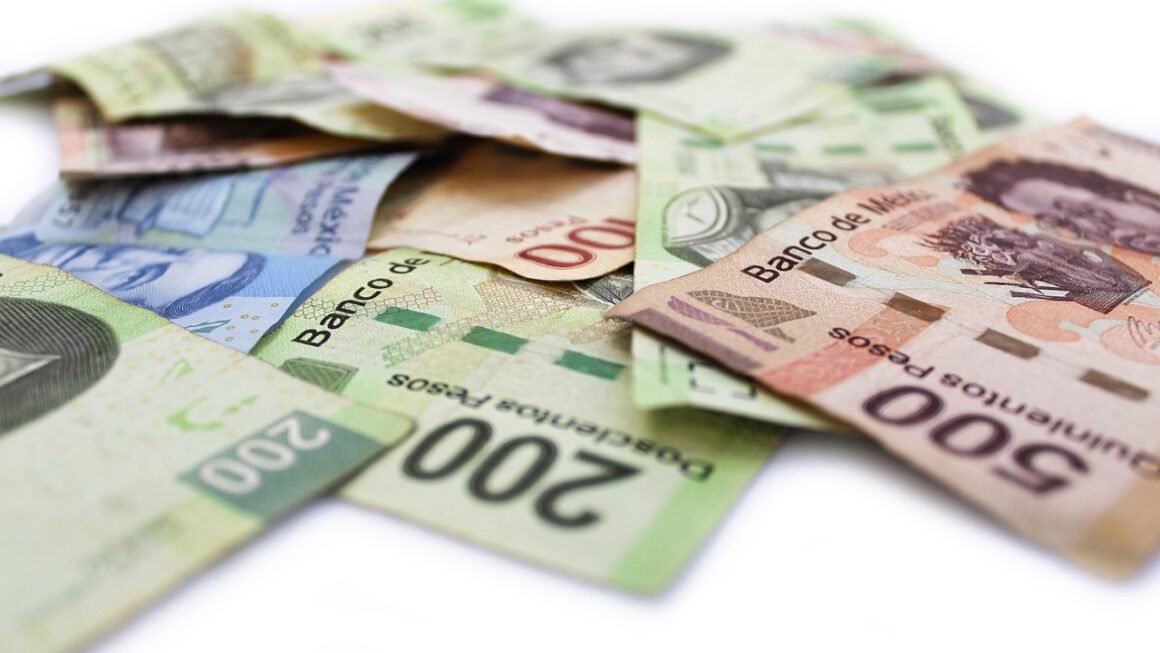Credit cards: those little rectangles of plastic that can unlock a world of convenience, rewards, and… well, sometimes, debt. Understanding how credit cards work, choosing the right one, and using them responsibly is crucial for building a strong financial foundation. This guide will demystify credit cards and empower you to make informed decisions about your credit.
Understanding Credit Cards: The Basics
Credit cards are a powerful financial tool when used correctly. It’s vital to understand their mechanics before diving in.
What is a Credit Card?
A credit card is essentially a short-term loan from a financial institution. The lender provides you with a credit limit, which is the maximum amount you can borrow. You can then use the card to make purchases, and you’re expected to repay the borrowed amount within a specific period, usually a month.
- Credit Limit: The maximum amount you can charge to the card. This is determined by the card issuer based on your creditworthiness.
Example: If your credit limit is $5,000, you can charge up to that amount.
- Interest Rate (APR): The annual percentage rate you are charged on the outstanding balance if you don’t pay it off in full each month. Credit card APRs can be quite high, so paying on time is key.
Example: A card with a 20% APR will charge you 20% of your outstanding balance each year as interest.
- Minimum Payment: The smallest amount you must pay each month to avoid late fees and negatively impacting your credit score. Making only the minimum payment can lead to high interest charges and a longer repayment period.
Example: If your statement balance is $500, the minimum payment might be $25.
- Grace Period: The time between the end of your billing cycle and the date your payment is due. If you pay your balance in full within the grace period, you won’t be charged interest.
How Credit Cards Work
When you use a credit card, the transaction is processed through a network involving the merchant, the card issuer, and a payment processor.
Choosing the Right Credit Card
Not all credit cards are created equal. Selecting the right one depends on your spending habits, credit score, and financial goals.
Understanding Credit Card Types
- Rewards Cards: Offer rewards such as cash back, points, or miles for your spending. These are great if you pay your balance in full each month.
Example: A cash back card might offer 2% cash back on groceries and 1% on all other purchases.
- Travel Cards: Offer rewards specifically for travel, such as airline miles or hotel points. Often come with travel-related perks like travel insurance or airport lounge access.
Example: A travel card might offer 2x miles on airline and hotel purchases.
- Balance Transfer Cards: Designed to help you consolidate high-interest debt onto a single card with a lower APR, often with an introductory 0% APR period.
Example: Transferring $3,000 of debt from a card with a 20% APR to a balance transfer card with a 0% APR for 18 months can save you hundreds of dollars in interest.
- Low-Interest Cards: Offer a lower APR than other cards, which can save you money if you carry a balance.
- Secured Cards: Require a security deposit and are designed for individuals with limited or poor credit history.
Example: You might need to deposit $200 to get a secured card with a $200 credit limit.
Factors to Consider When Applying
- Credit Score: Your credit score is a major factor in determining which cards you qualify for and the interest rate you’ll receive.
- APR: The annual percentage rate is the cost of borrowing money. Look for the lowest APR possible, especially if you plan to carry a balance.
- Fees: Be aware of annual fees, late fees, over-limit fees, and other charges.
- Rewards Program: Choose a rewards program that aligns with your spending habits.
- Benefits and Perks: Some cards offer additional benefits like travel insurance, purchase protection, or extended warranties.
Comparing Credit Cards
Use online comparison tools to compare different credit cards based on your specific needs and preferences. Pay attention to APRs, fees, rewards programs, and benefits.
- Sites like Credit Karma, NerdWallet, and The Points Guy offer tools to compare card options.
Using Credit Cards Responsibly
Responsible credit card use is crucial for building a positive credit history and avoiding debt.
Managing Your Credit Card Account
- Monitor Your Spending: Track your purchases and ensure you stay within your budget.
Tip: Use budgeting apps or spreadsheets to monitor your credit card spending.
- Set Up Payment Reminders: Avoid late fees by setting up automatic payments or reminders.
- Check Your Credit Card Statement Regularly: Review your statement for errors or unauthorized charges.
Paying Your Bills on Time
- Pay at Least the Minimum Payment: Always pay at least the minimum payment to avoid late fees and negative impacts on your credit score.
- Pay the Full Balance: Paying the full balance each month is the best way to avoid interest charges and keep your credit utilization low.
Keeping Your Credit Utilization Low
- Credit Utilization Ratio: This is the amount of credit you’re using compared to your total credit limit.
- Ideal Ratio: Aim to keep your credit utilization below 30%.
Example: If your credit limit is $1,000, try to keep your balance below $300.
- Strategies:
Make multiple payments throughout the month.
Request a credit limit increase (but avoid overspending).
Avoiding Common Credit Card Mistakes
- Maxing Out Your Credit Card: This can significantly lower your credit score.
- Missing Payments: Even one missed payment can negatively affect your credit.
- Taking Out Cash Advances: Cash advances often come with high fees and interest rates.
- Closing Old Credit Card Accounts: Closing old accounts can reduce your available credit and increase your credit utilization ratio. However, if the card has an annual fee you are not getting value from, closing the card is likely a good idea.
Building and Improving Your Credit Score
Your credit score is a crucial factor in many aspects of your financial life, from getting approved for loans to renting an apartment.
Understanding Credit Scores
- Credit Bureaus: The three major credit bureaus are Experian, Equifax, and TransUnion.
- FICO Score: The most widely used credit scoring model.
- Factors Affecting Your Credit Score:
Payment History (35%): Paying your bills on time is the most important factor.
Amounts Owed (30%): Keeping your credit utilization low is crucial.
Length of Credit History (15%): A longer credit history is generally better.
Credit Mix (10%): Having a mix of different types of credit (e.g., credit cards, loans) can improve your score.
New Credit (10%): Opening too many new accounts in a short period of time can lower your score.
Strategies for Building Credit
- Become an Authorized User: Ask a friend or family member with good credit to add you as an authorized user on their credit card.
- Apply for a Secured Credit Card: Use a secured card to establish a positive credit history.
- Use Credit Responsibly: Make on-time payments, keep your credit utilization low, and avoid opening too many new accounts.
Checking Your Credit Report
- AnnualCreditReport.com: You are entitled to one free credit report from each of the three major credit bureaus each year.
- Review Your Credit Report: Check for errors or inaccuracies and dispute them with the credit bureaus.
- Credit Monitoring Services: Consider using a credit monitoring service to track your credit score and receive alerts about potential fraud.
Conclusion
Credit cards are a powerful tool that can provide convenience, rewards, and help you build a strong credit history, but only when used responsibly. By understanding the basics of credit cards, choosing the right one for your needs, and practicing responsible credit habits, you can leverage the benefits of credit cards while avoiding the pitfalls of debt. Remember to always pay your bills on time, keep your credit utilization low, and regularly monitor your credit report. With a little knowledge and discipline, you can make credit cards work for you, not against you.


